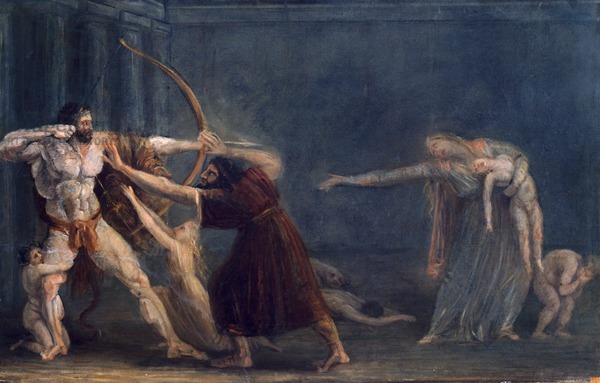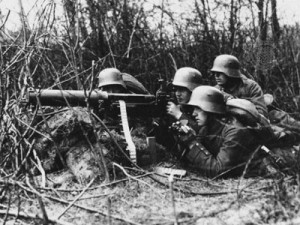The History of Chase Bank
For more than 200 years, J.P. Morgan Chase has stood as a financial institution that has seen it all. Over the years, the banking giant has seen the country through World War I and played a direct hand in several important contributions to the financial industry. This is a brief history of this landmark bank.
The Beginning
Aaron Burr began the Manhattan Company in 1799. It began life as a supplier of water to New York City. In 1831, John Pierpont Morgan was born. He takes the name “Pierpont” for most of his life, and remained insignificant until he met a Philadelphia banker named Anthony Drexel. The two founded “Drexel, Morgan & Co,” which began as a brokerage company for businessmen bringing European investment money into the Americas.
The Early 1900s
JP Morgan & Co was well established by the turn of the 20th century. They had offices at 23 Wall Street and were ready to continue expanding. When World War I hit, the company made a landmark $500 million loan to help the Allied war effort.
Not everyone was pleased with JP Morgan. An anarchist group planted a bomb in front of the building in 1920. The detonation killed 38 people and injured 400.
Modern JP Morgan
The 1960s marked a few important mergers and financial deals in the bank’s history. Chase purchased the firm that oversaw the Apple IPO, and they would eventually advise Exxon on the merger that would create one of the largest companies in the world. Eventually, JP Morgan was bought out by Chase Manhattan in the year 2000, helping to continue the bank’s epic history.



